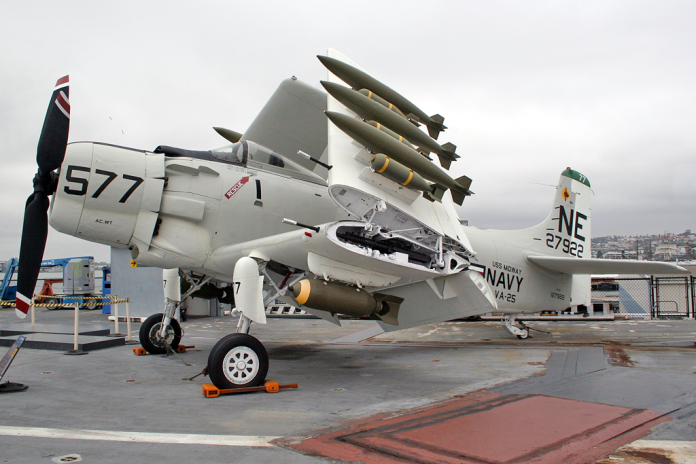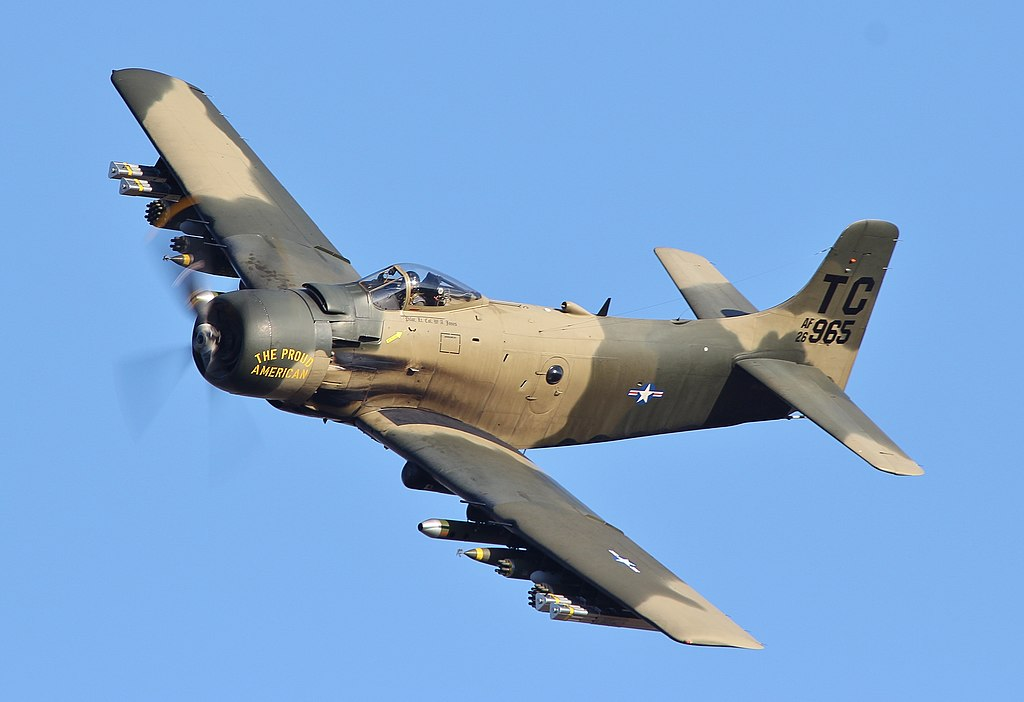
When the Douglas A-1 Skyraider first burst into the skies on March 18, 1945, few realized the extraordinary career it would write. Constructed as an original single-seat torpedo/dive bomber for the US Navy, the Skyraider a fondly described “Spad” proved to be so much more than just another warbird.
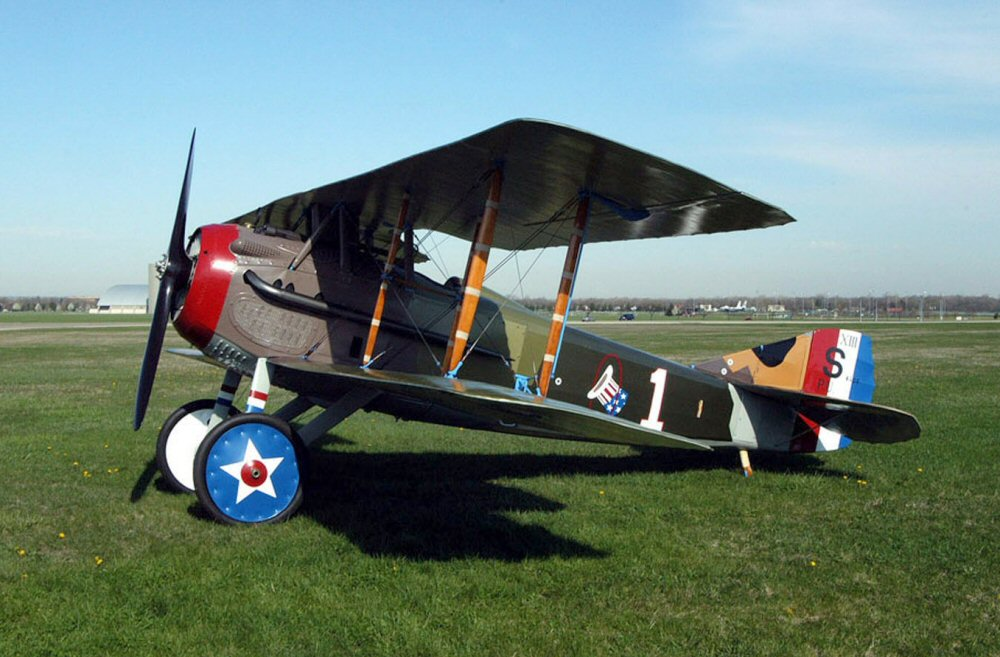
With its tough build, enormous firepower, and adaptability, it became one of the most iconic planes of the 20th century, employed in scores of wars and missions far in excess of its original intent.
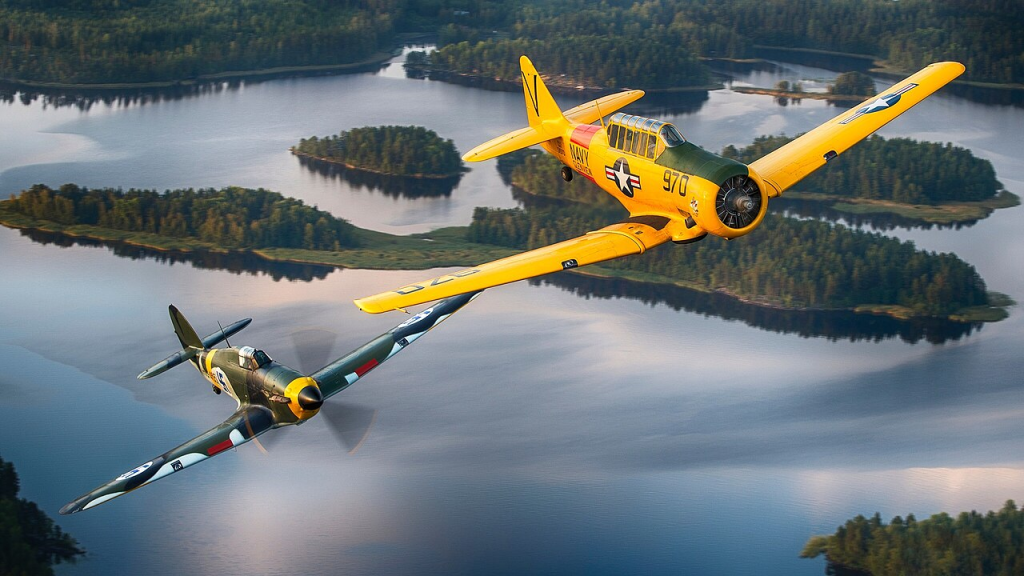
1. Birth of a Rugged Warbird
Created toward the end of World War II, the Skyraider joined dive bomber and torpedo plane in a single potent design. With a barrel fuselage, it was an unpretty sight but well worth it for what it was made of and how long it lasted. This aircraft was built not for looks, but for result and it delivered.
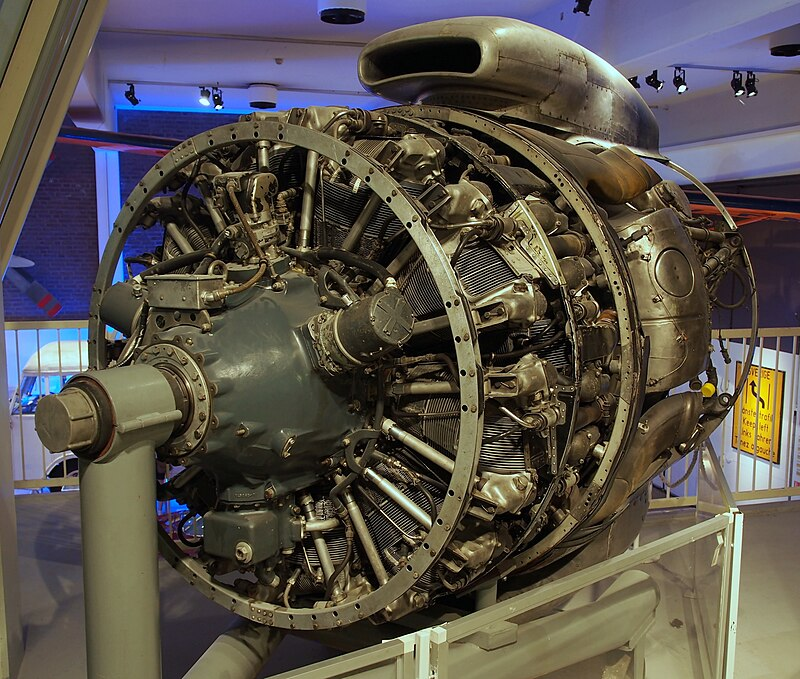
2. Power and Performance
Power by the 2,700-horsepower Wright R-3350-26W engine, the Skyraider cruised at 343 mph at 20,000 feet and possessed an impressive 1,300-mile range. Its most significant asset, however, was its 8,000-pound weapons capacity, greater than that of even the great B-17 Flying Fortress.
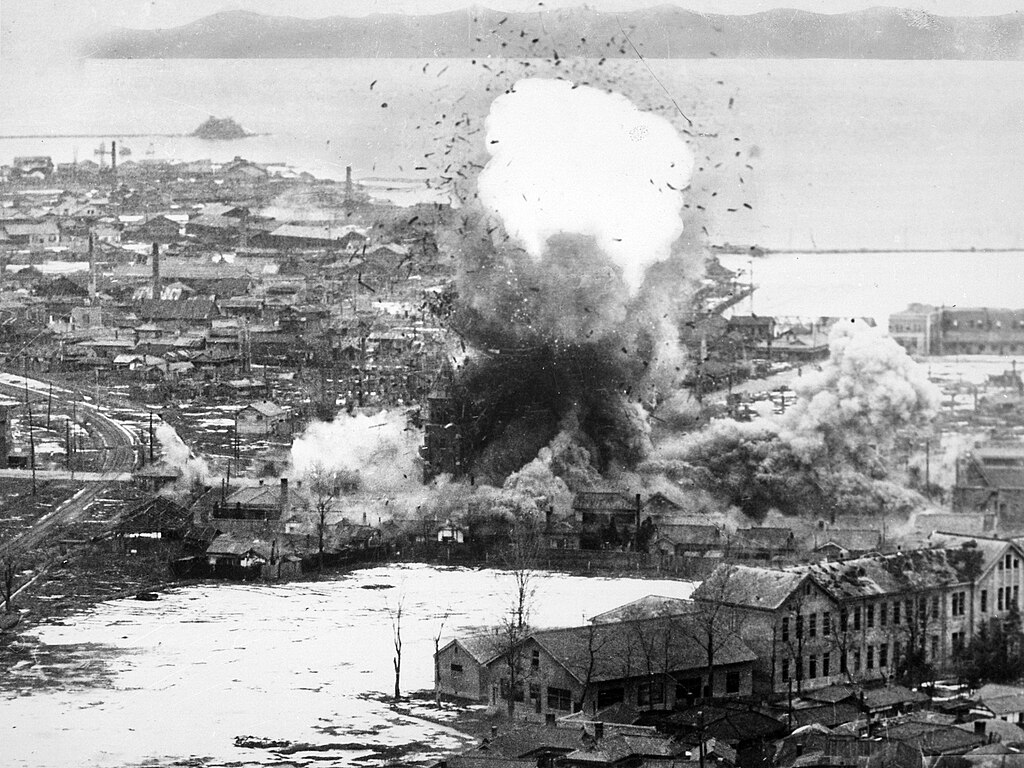
3. The Korean War Trial
The Korean War was the Skyraider’s true test by fire. Assigned missions ranging from industrial strikes to close air support, it soon became a ground soldier favourite as a trustworthy protector. With night attack and electronic countermeasures modifications, it demonstrated versatility well beyond its initial function.
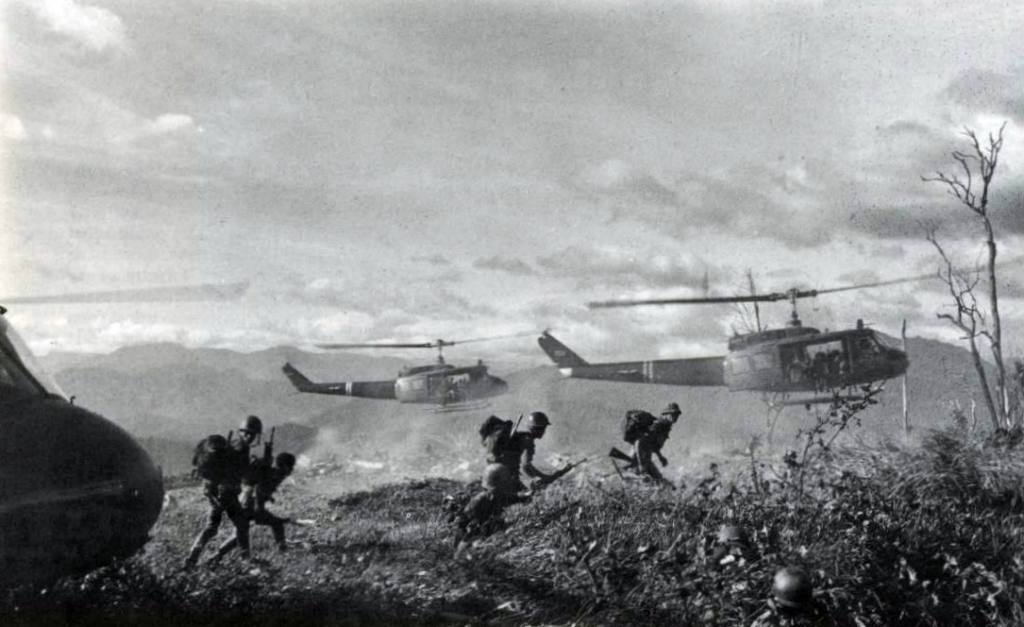
4. Vietnam War Service
Despite the dominance of jets from carriers, the Skyraider filled its role in Vietnam. It participated in the Tonkin Gulf incident strike missions in 1964 and attacked missions until 1968. The Navy used electronic warfare models until 1972, while the Air Force utilized it in search-and-rescue and air commando operations, then transferred the aircraft to the South Vietnamese Air Force.
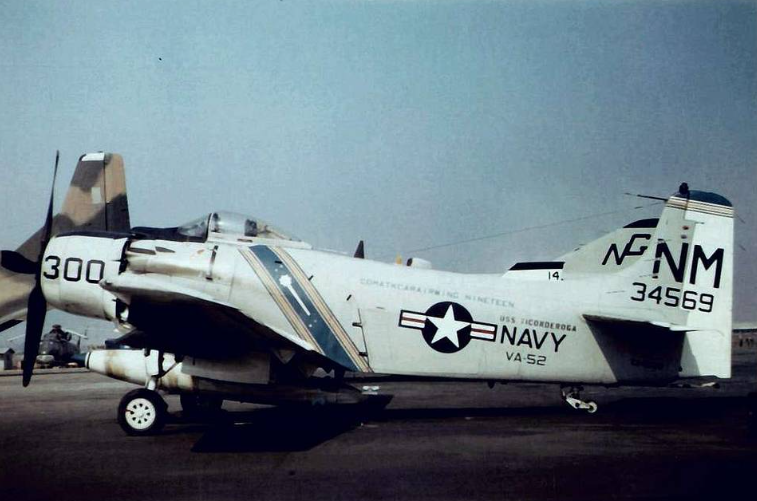
5. A Historic Final Mission
The Skyraider’s combat history ended on a high note. The A-1H model (BuNo 135300) performed the Navy’s last attack mission in Vietnam on February 20, 1968, the last curtain call for piston-driven attack aircraft in modern U.S. combat operations.
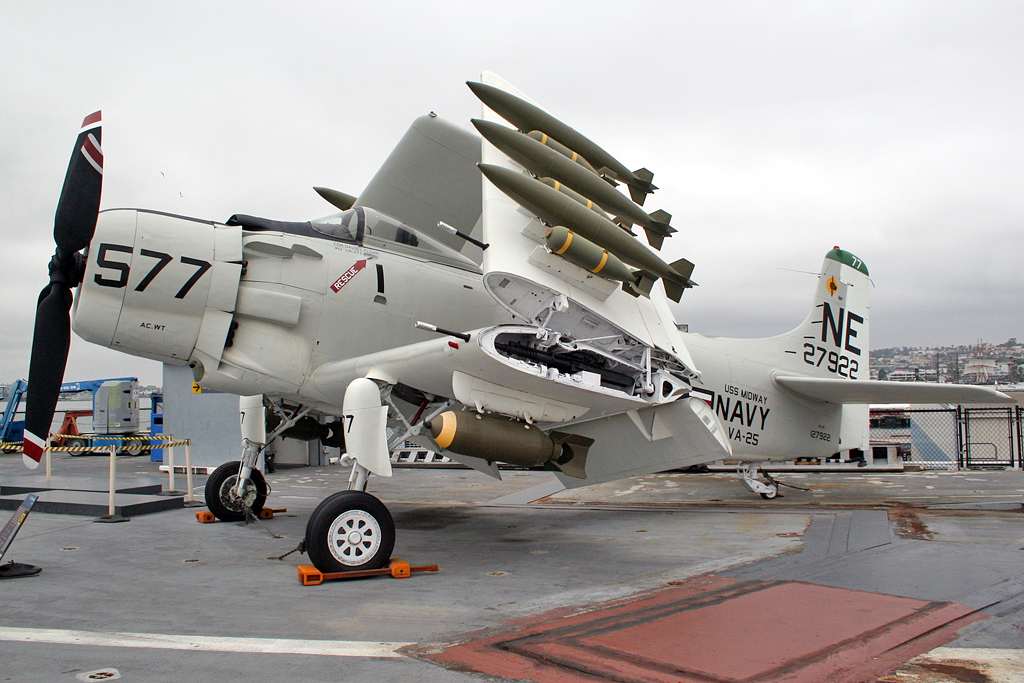
6. Legacy and Symbolism
In addition to its engineering achievement, the Skyraider also became a legend for heroism and sacrifice. Recovery of downed pilots and protection of ground forces during battle, it changed air combat tactics and demonstrated that piston-engine aircraft could hold their own in the jet era.
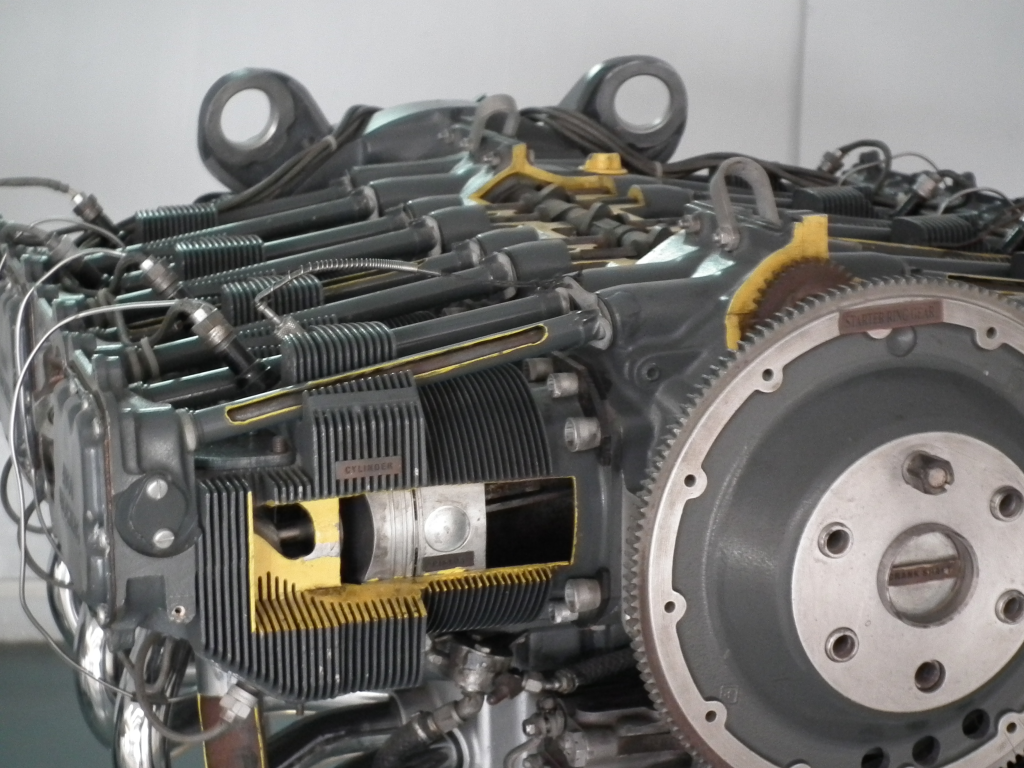
Now, museum displays keep the memory alive, telling us that the Skyraider’s legacy is not only machines, but the lives that it saved and the history that it created. The Douglas A-1 Skyraider is a legendary account of military aviation history. It was not just an attack aircraft; it was a multi-gifted workhorse that progressed through wars, missions, and decades.
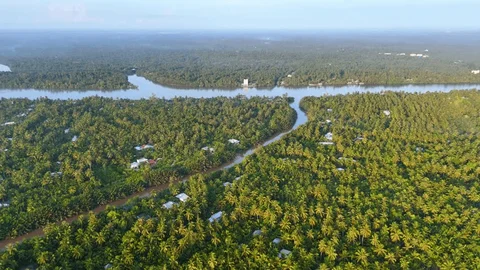
From Korean skies to Vietnamese jungles, it proved that rugged construction, endurance, and brute firepower could make an aircraft timeless. Its roar is silent now, but legend of the Skyraider lives on proof of the bravery of pilots who flew it and soldiers it protected.
